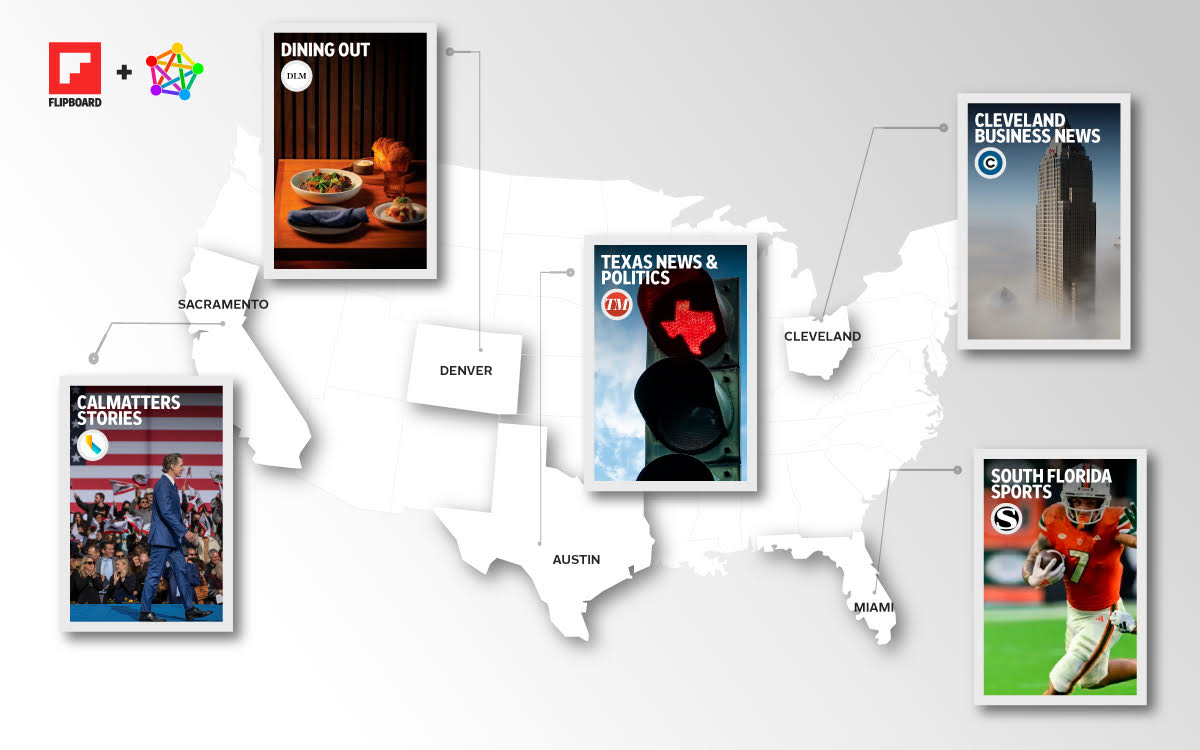

I have a closet full of old routers (including Linksys), extenders, and switches to be able to handle dead spots. They all sucked. Then I heard about mesh routers when they first came out. Tried two, saw that they worked well, and got a third one. A few months later, a new ISP showed up in our neighborhood with unmetered Gig fiber and I happily drop-kicked Comcast to the curb. It was gratifying that the fiber connection came with a single mesh device of the same brand I already had. Since then, I’ve upgraded to the next-gen routers, and gotten a few smaller ‘wall-wart’ units for extending the range outdoors.
I don’t really have to fuss with configurations like I had to before. It’s amazing how much of a time drain it was to go screw around with settings when a new device came in that didn’t work, or to replace a router when one died. I haven’t had to do anything in years. Every once in a while, I go set up a DHCP reservation but that’s it. The firmware updates auto-install while everyone’s asleep and I get pretty decent bandwidth in places I had constant dropoffs. When I switched out the actual routers to the new gen, the whole thing took 10m and the whole network was down for maybe 2m while the new ones booted up. No end devices had to be modified or restarted.
Where the fiber comes in, there’s a single router node, with two Ethernet ports. One goes to the fiber ONT, the other to a 10-port gig switch where it feeds the rest of wired setups. Elsewhere, the farthest mesh unit has no incoming physical connection, but a small wired switch connected to other wired devices near there. I didn’t have to make any router configuration settings to make this work. Just plugged it all in. Common devices go on the main network, and janky IOT devices (and visitors) go on the guest network.
For external access for self-hosting, you can take a domain name and set up a free Cloudflare tunnel to access your in-home services remotely. Pay Cloudflare a fee and you get extra rules-based access control. The router also has a premium service where it comes with a family bundle of security software. One other thing I like is that the mobile app sends a notification whenever a new device joins the network, so if I see one I don’t recognize, I can block them. Hasn’t happened yet, but if it does, I’ll know to go rotate the wifi passwords.
Anyway, highly recommend mesh routers. I happened to get Eeros (before they were acquired) but there are a few other brands around. Some people don’t like that Amazon bought eero, but they appear to be left to run as an independent outfit. It has been pretty solid so far.
P.S. A friend with a more complicated setup than mine got Ubiquitis. It’s anecdotal, but he recently asked about switching away and I told him pretty much what I’ve written here. YMMV.
Edit: checked back with friend. He said he was very happy with his Ubiquiti gear. I mixed up his review from years ago with another friend’s networking setup.







Thanks. After your note I went back and re-checked with my friend. I mixed up his comments with those from another friend with a different setup. Updated my original comment.